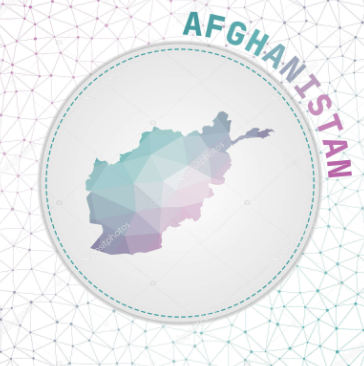
Afghanistan’s telecommunications sector is showing signs of a slow but steady recovery in 2025, as both public and private stakeholders work to rebuild infrastructure and expand access to digital services following years of conflict and economic instability.
According to the Ministry of Communications and Information Technology (MCIT), mobile network coverage has returned to nearly 70% of the population, with urban centers like Kabul, Herat, and Mazar-i-Sharif seeing the most significant improvements. Rural and remote areas, however, continue to face limited connectivity due to logistical and security challenges.
The three main telecom operators—AWCC, Roshan, and Etisalat Afghanistan—have resumed network investments with a focus on 4G expansion and mobile money services. Despite funding constraints, partnerships with international organizations have helped kickstart several digital inclusion projects aimed at improving internet access for women, students, and small businesses.
“Our goal is to bridge the digital divide and make connectivity a right, not a privilege,” said Mohammad Ibrahim, a spokesperson for MCIT. “Digital literacy and access to affordable internet are critical for Afghanistan’s development.”
International donors and NGOs have also emphasized the role of telecoms in humanitarian response, particularly for mobile-based cash transfer programs and emergency communications in conflict-prone regions.
Still, the sector faces major hurdles. Power shortages, a fragile regulatory environment, and concerns about data privacy remain key barriers to growth. Experts say long-term stability and foreign investment will be essential for the full recovery of Afghanistan’s telecom infrastructure.
Despite the obstacles, analysts remain cautiously optimistic. “Telecommunications are the backbone of modern economies,” says Nargis Hamidi, a Kabul-based digital policy researcher. “If sustained efforts continue, this sector could play a transformative role in Afghanistan’s recovery.”


